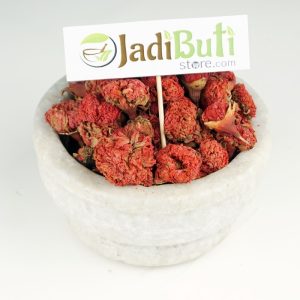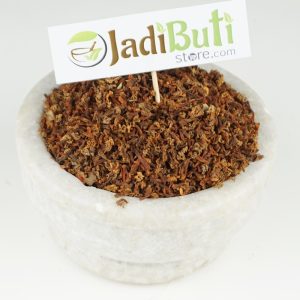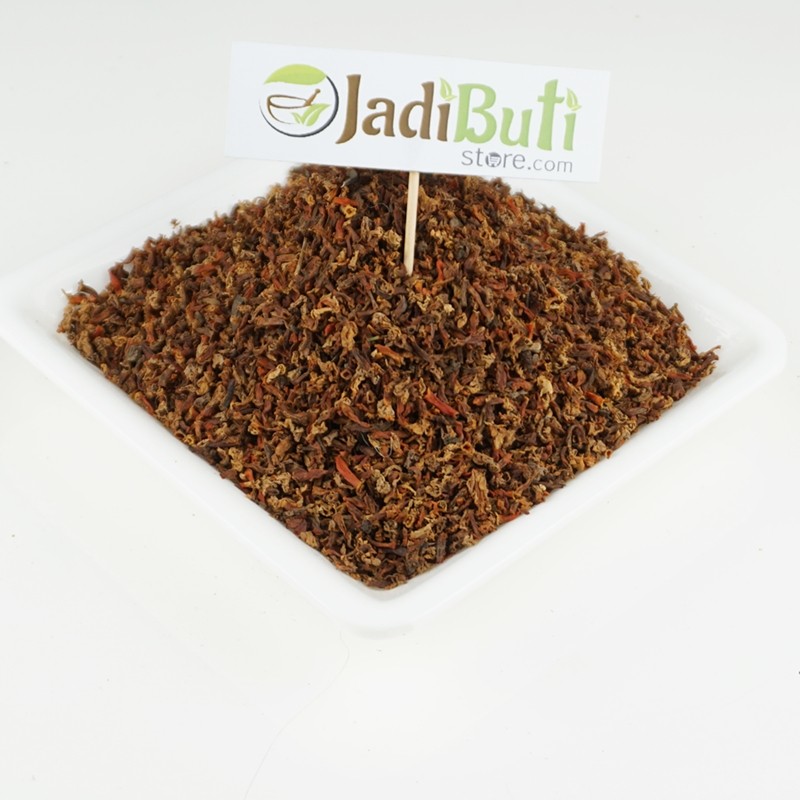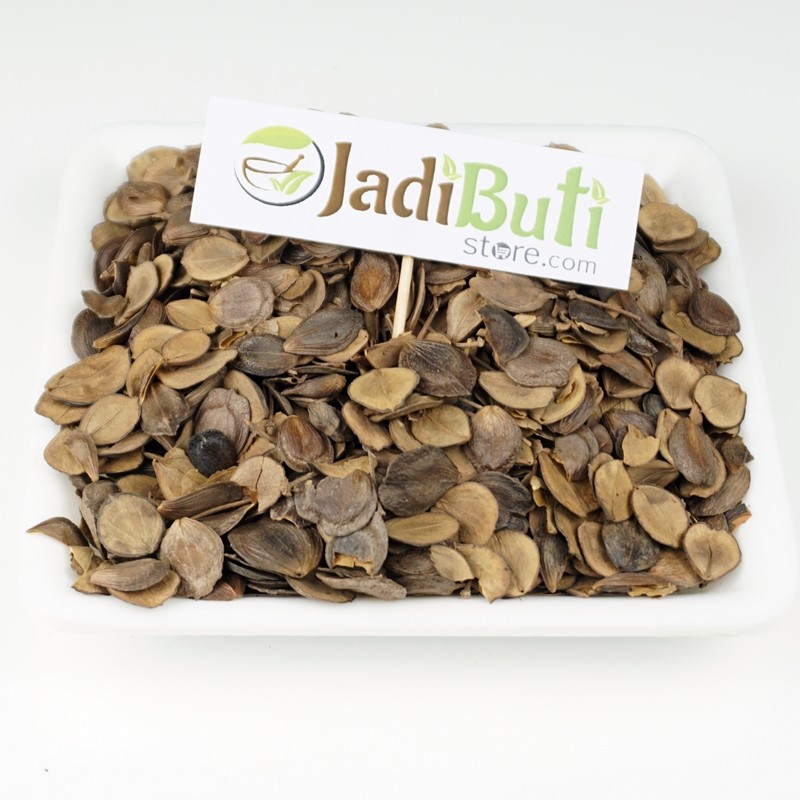Home
Showing 73–84 of 227 results
-
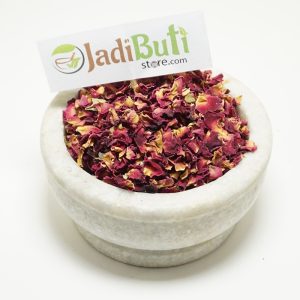

Gulab Petal(patti) – गुलाब पत्ती – Dry Rose Petal – Rosa Gallica
₹260.00 – ₹2,170.00Quick ViewAyurvedic Classification Description Rasa (taste) Sweet, astringent, and bitter Guna (qualities) Light, dry, and cool Virya (potency) Cooling Vipaka (post-digestive effect) Sweet Dosha effect Balances Pitta and Vata doshas Karma (actions) Cooling, anti-inflammatory, anti-oxidant, rejuvenative, and mild laxative Dhatu (tissue) affinity Works primarily on the blood, skin, and reproductive tissues Srotas (channel) affinity Works primarily on the digestive, circulatory, and reproductive channels Prabhava (special effect) Promotes a calm and soothing effect on the mind and emotions .
Active Compound Benefits Flavonoids (e.g. kaempferol, quercetin) Anti-inflammatory, antioxidant, and anti-cancer properties Tannins Astringent and anti-inflammatory properties Anthocyanins (e.g. cyanidin, pelargonidin) Anti-inflammatory, antioxidant, and anti-cancer properties Carotenoids (e.g. beta-carotene) Anti-inflammatory and antioxidant properties Vitamins (e.g. vitamin C) Antioxidant and immune-boosting properties Essential oils (e.g. geraniol, citronellol) Anti-inflammatory, antimicrobial, and anti-anxiety properties Beta-sitosterol Anti-inflammatory, anti-cancer, and cholesterol-lowering properties Gallic acid Antioxidant and anti-inflammatory properties -


Hansraj – हंसराज – Pershosha – Adiantum Capillus Veneris
₹210.00 – ₹1,610.00Quick ViewHansraj – हंसराज – Pershosha – Adiantum Capillus Veneris.
Name in different languages:
Hansraj English name – Pershosha, Venus Hair Fern, Maiden Hair Fern
Hansraj Hindi name – Hansraj
Hansraj Latin name – Adiantum Capillus Veneris
Spanish: Helecho de Venus, Capilla de Venus
French: Adiante de Vénus
German: Venus-Haarfarn
Italian: Felci delle Venere
Sanskrit: Uttambalika
Chinese: 绿萼毛羊齿蕨
Japanese: ヴィーナスヘアフェン
Korean: 비너스헤어펜
Portuguese: Samambaia-de-Venus
-
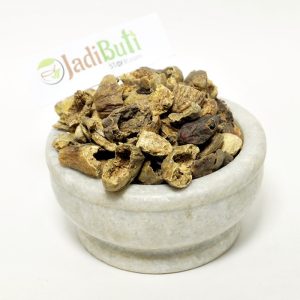

Harad Badi Chilka – हरद बड़ी छिलका – chebulic myrobalan – Terminalia Chebula
₹90.00 – ₹680.00Quick ViewHarad Badi Chilka | yellow Haritaki
Scientific Name : chebulic myrobalan
Ayurvedic classification of Yellow Haritaki
Ayurvedic Classification Description Rasa (taste) Astringent, sweet, sour, and bitter Guna (qualities) Light, dry, and sharp Virya (potency) Heating Vipaka (post-digestive effect) Sweet Dosha effect Balances all three doshas (Vata, Pitta, and Kapha) Karma (actions) Laxative, rejuvenative, astringent, expectorant, antispasmodic, and tonic Dhatu (tissue) affinity Works on all seven tissues (dhatus) of the body, with a particular affinity for the digestive and respiratory tissues Srotas (channel) affinity Works on the digestive, respiratory, and circulatory channels Prabhava (special effect) Promotes longevity and supports overall health and well-being Active compounds and benefits found in yellow haritaki:
Active Compound Benefits Chebulic acid Antioxidant, anti-inflammatory, and anti-cancer properties Gallic acid Anti-inflammatory, anti-cancer, and anti-microbial properties Ellagic acid Antioxidant, anti-inflammatory, and anti-cancer properties Corilagin Anti-inflammatory, anti-cancer, and anti-microbial properties Punicalagin Antioxidant, anti-inflammatory, and anti-cancer properties Tannins Anti-inflammatory, anti-diabetic, and anti-cancer properties Arjungenin Anti-inflammatory and cardioprotective properties Chebulagic acid Anti-inflammatory, anti-cancer, and anti-diabetic properties Quercetin Anti-inflammatory, antioxidant, and immune-boosting properties Kaempferol Anti-inflammatory, antioxidant, and immune-boosting properties -
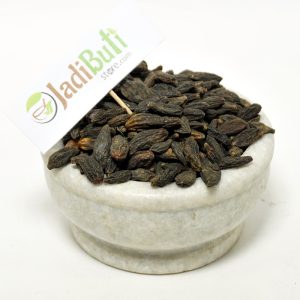
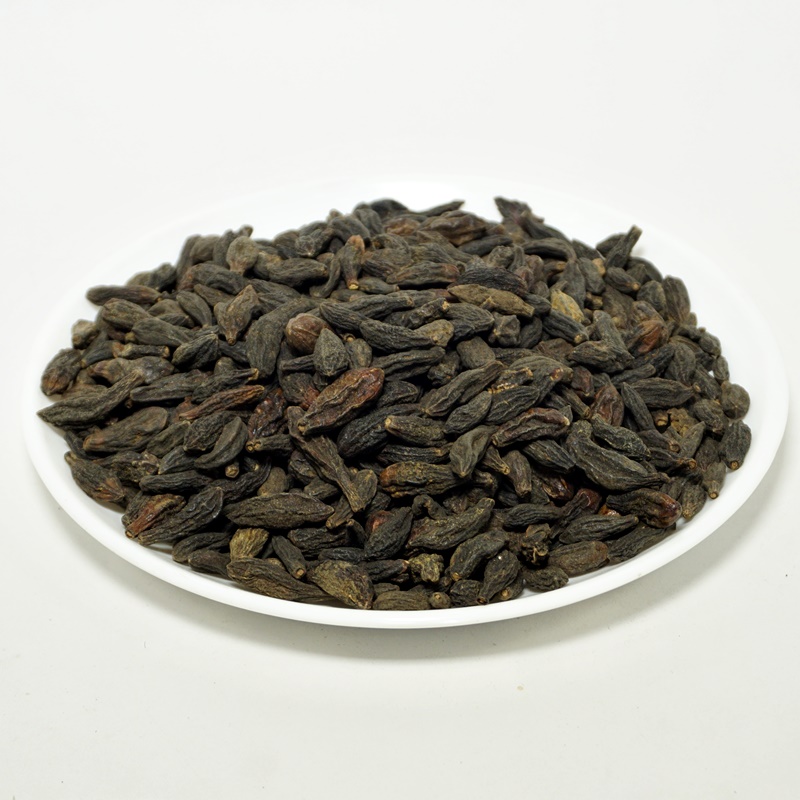
Harad choti (Kali) – Haritaki- हरड छोटी – Chebulic myrobalan
₹140.00 – ₹1,100.00Quick ViewAyurvedic classification of Haritaki (Terminalia chebula):
Ayurvedic Classification Description Rasa (taste) Astringent, sweet, sour, bitter, pungent Guna (qualities) Light, dry, sharp, rough Virya (potency) Heating Vipaka (post-digestive effect) Sweet Dosha effect Balances all three doshas (Vata, Pitta, and Kapha) Karma (actions) Digestive, carminative, laxative, rejuvenative, anti-inflammatory, anti-aging, and expectorant Dhatu (tissue) affinity Works primarily on the digestive, respiratory, and reproductive tissues Srotas (channel) affinity Works primarily on the digestive, respiratory, and reproductive channels Prabhava (special effect) Considered a “Tridoshic Rasayana,” which means it can help to balance all three doshas and promote longevity Active compounds and their benefits found in Haritaki (Terminalia chebula):
Active Compound Benefits Tannins Antioxidant, anti-inflammatory, and anti-cancer properties Chebulic acid Antioxidant and anti-inflammatory properties Gallic acid Antioxidant, anti-inflammatory, and anti-cancer properties Ellagic acid Antioxidant and anti-cancer properties Terchebin Antioxidant and anti-inflammatory properties Arjungenin Anti-inflammatory and anti-cancer properties Harmane Antimicrobial, anti-inflammatory, and neuroprotective properties Luteolin Anti-inflammatory and antioxidant properties -
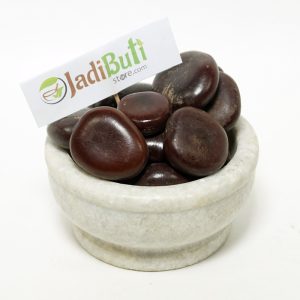
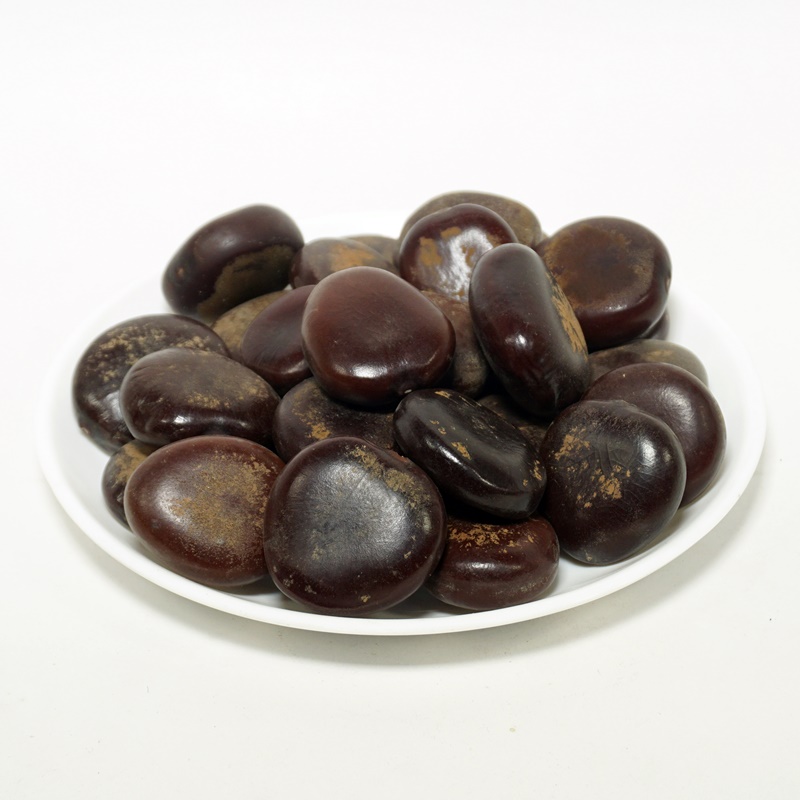
Imli Beej Pahadi – इमली बीज पहाड़ी – Wild Tamarind Seeds – Tamarindus Indica
₹270.00 – ₹1,920.00Quick ViewImli Beej Pahadi – इमली बीज पहाड़ी – Wild Tamarind Seeds – Tamarindus Indica.
Wild Tamarindus Indica (Tamarind):
Ayurvedic Classification Description Rasa (taste) Sour Guna (qualities) Light, dry, rough Virya (potency) Cooling Vipaka (post-digestive effect) Sweet Dosha effect Balances Pitta dosha, may aggravate Vata and Kapha doshas Karma (actions) Carminative, laxative, cooling, digestive, antipyretic, antimicrobial, anti-inflammatory Dhatu (tissue) affinity Works primarily on the plasma, blood, muscle, and fat tissues Srotas (channel) affinity Works primarily on the digestive, circulatory, and urinary channels Prabhava (special effect) Helps to balance digestive fire (agni), supports healthy digestion -
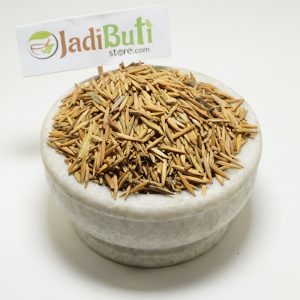
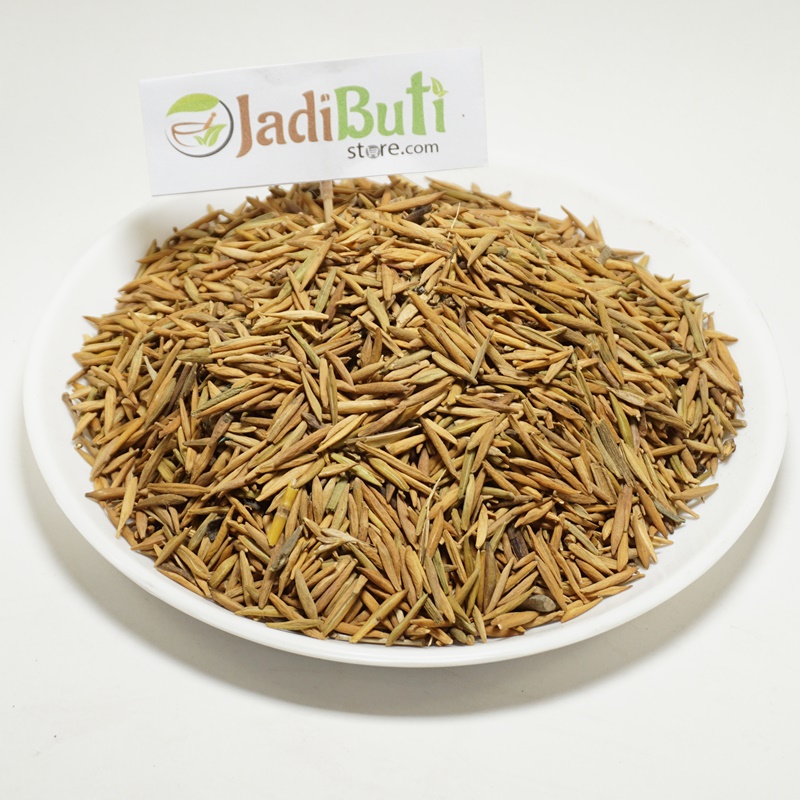
Inderjo Meetha – इन्द्रजौ मीठा – Sweet lndarjao – Wrightia tinctoria
₹110.00 – ₹845.00Quick ViewInderjo Meetha – इन्द्रजौ मीठा – Sweet lndarjao – Wrightia tinctoria.
Inderjo Meetha Name in different languages:
Inderjo Meetha English Name : Sweet lndarjao, Easter Tree, Ivory Tree
Inderjo Meetha Hindi Name : Safed Kuda, Metha Kuda, Khinna, Kutaja
Inderjo Meetha Latin name : Wrightia tinctoria R. Br.
Inderjo Meetha Urdu Name : Indarjao Shirin
Inderjo Meetha Bengali Name : Indrajav
Inderjo Meetha Chinese Name : Tao tiao pi
Inderjo Meetha German Name : Färber-Oleander
Inderjo Meetha Gujarati Name : Mitha Indarjava, Gode Indarjava
Inderjo Meetha Kannada Name : Kiridosige, Kodamurki, Hale
Inderjo Meetha Marathi Name : Mitha Indarjava, Gode Indarjava
Inderjo Meetha Persian Name : Zaban Kunjashk
Inderjo Meetha Punjabi Name : Indarjao Mitha
Inderjo Meetha Sanskrit Name : Svetakutaja, Strikutaja, Kutaj Beej
-
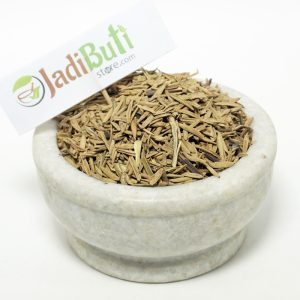
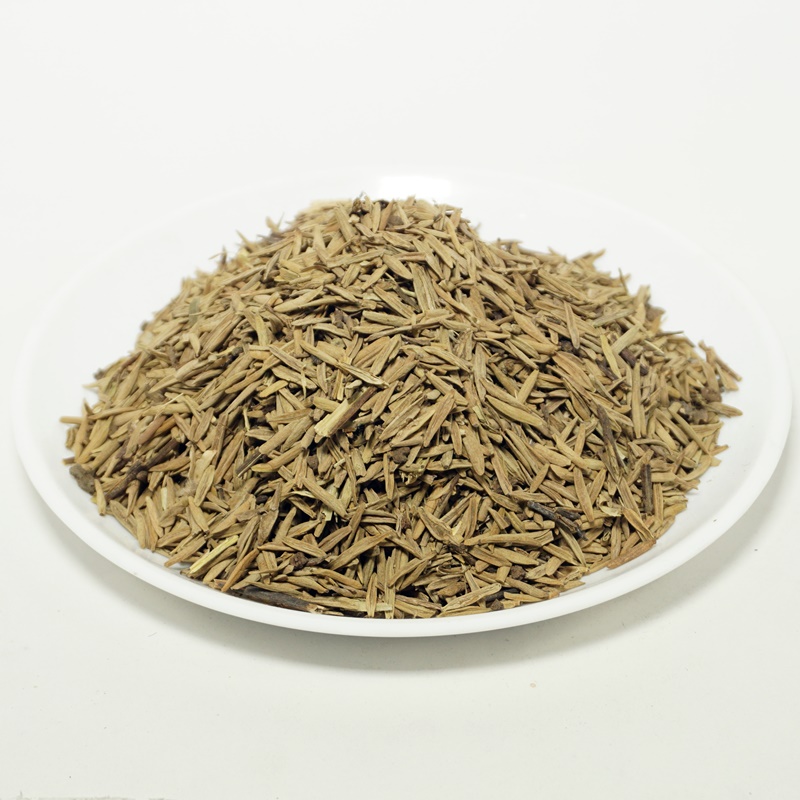
Indrajau Kadva – इन्द्रजु कड़वा – bitter oleander – Holarrhena Pubescens
₹170.00 – ₹1,325.00Quick ViewIndrajau Kadva – इन्द्रजु कड़वा – bitter oleander – Holarrhena Pubescens.
IndarJau Kadva In Different Language
Indarjau In English name – bitter oleander
Indarjau In Hindi name – Indrajau Kadwa
Indarjau In Latin name – Holarrhena Pubescens
-


Indrayan – इन्द्रायण – Bitter Apple – Citrullus Colocynthis
₹80.00 – ₹615.00Quick ViewIndrayan – इन्द्रायण – Bitter Apple – Citrullus Colocynthis.
Indrayan Name In Different Languages:
Indrayan English Name : Bitter Apple, Colocynth, Bitter cucumber, Egusi, Vine of Sodom,Colocynth, Peikkumatti, Hanjal , Paaparbudam
Indrayan Hindi Name : badi indrayan, ghorumba, indarayan
Indrayan Botanical Name : Citrullus colocynthis
Indrayan Urdu Name : hanzal, indyaran, shahme-hinzal
Indrayan Bengali Name : indrayan, panjot, indrabaruni
Indrayan Kannada Name : hamekkae, hara-mekki-kayi
Indrayan Malayalam Name : kattuvellari Marathi Name : kadu-indravani
Indrayan Sanskrit Name : atmaraksha, brihadvaruni, brihatphala
Indrayan Tamil Name : kumatti, pey-komatti
Indrayan Telugu Name : chitti-papara
Indrayan Synonyms Name : Cucumis colocynthis, Colocynthis vulgaris
-
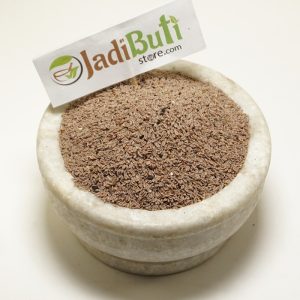

Isabgol Beej – इसबगुल बीज – Flea Seed – Plantago Ovata
₹79.00 – ₹535.00Quick ViewIsabgol Beej – इसबगुल बीज – Flea Seed – Plantago Ovata.
Isabgol Name in different languages:
Isabgol English Name : Psyllium, Flea Seed, lspaghula Seed
Isabgol Hindi Name : lsabgol, Isapgol, Isapghul, Isarghol, Ispaghul
Isabgol Latin name : Plantago ovata Forsk.
Isabgol Urdu Name : Isabghol, Aspaghol (Seeds), Bhusi Isabghol (Husk)
Isabgol Sanskrit Name : Snigdhajira, Ashwagolam
Isabgol Arabic Name : Bazrqutoona, Bizr al-qutoona, Luqmat al-na’ja
Isabgol Bengali Name : Isabgul, Eshopgol
Isabgol Chinese Name : Ch’-Ch’ientzu
Isabgol French Name : Graines de Psyllium
Isabgol Gujarati Name : Uthamujeerun, Isaphgol
Isabgol Kannada Name : Issabagolu
Isabgol Kashmiri Name : Ismogul, Satismogul
Isabgol Marathi Name : Isapghol
Isabgol Persian Name : lsabghol, Isparzah
Isabgol Punjabi Name : Isapghol

